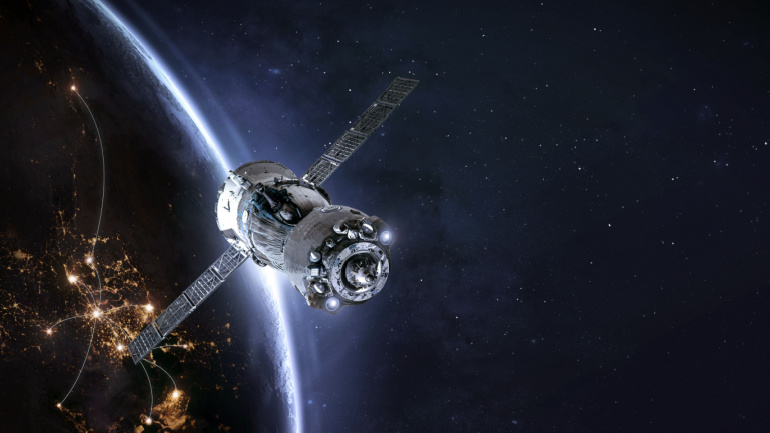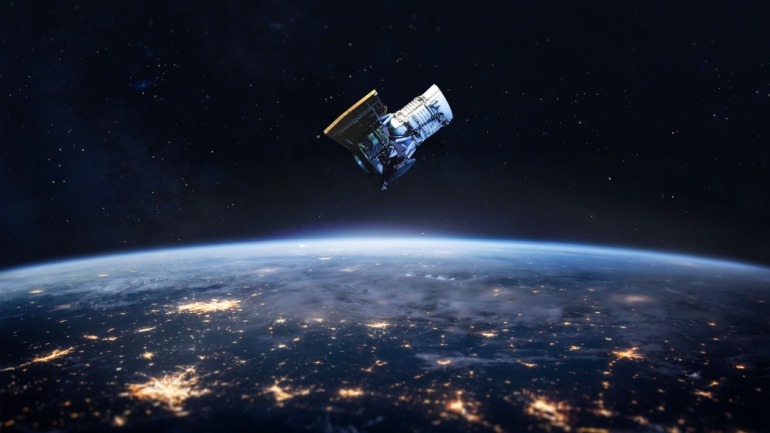In a significant development for the telecommunications sector, KDDI and SpaceX revealed in August 2023 a strategic pact that brings satellite-to-cellular service to a new level. This service will utilize SpaceX’s Starlink low-earth orbit satellites and KDDI’s national wireless spectrum across Japan, making it an innovation to watch for those with an interest in the convergence of mobile and satellite technologies.
The groundbreaking partnership has led to a series of firsts. Namely, KDDI has become the first operator in the world to utilize Starlink for cellular backhaul, Starlink’s premiere reseller in Japan, and Asia’s pioneer in direct-to-cell partnerships.
The primary goal of the collaboration, according to KDDI, is extending the urban connectivity experience to rural locales. This intention was displayed plainly during the Noto Peninsula earthquake in Japan earlier this year when over 200 base stations became non-operational due to damage inflicted on the fiber backhaul. However, SpaceX’s provision of 350 Starlink emergency kits allowed for a swift transferal of the load onto Starlink, guaranteeing that emergency responders and affected communities remained connected.
Seizing on the potential of this partnership, other global cellular providers such as T-Mobile, are exploring the possibility of testing the direct-to-cell system using these satellites. The first use case is anticipated to be messaging, followed by voice and data services as the constellation becomes denser. KDDI seeks to bring connectivity to 40% of Japan’s landmass, which is currently bereft of coverage despite over 99% of the Japanese population having access to traditional cellular networks.
Fritch of SpaceX highlights emergency services as one of the paramount use cases for Starlink, advocating for proactive engagement with governments in disaster-prone regions. The partnership is also eyeing collaborations with schools and IoT services to extend the reach of connectivity.
What sets Starlink apart, according to their spokesperson, is that no modification is needed for any of the direct-to-cell services, promoting rapid deployment. This distinctive advantage stems from the solution’s use of terrestrial spectrum instead of the global satellite spectrum. This trait, combined with SpaceX’s impressive launch frequency, has led T-Mobile to select Starlink over other contenders.
However, this visionary endeavor does come with challenges. The requirement for users to own a modern and potentially expensive handset capable of satellite connectivity poses an obstacle to wider adoption.







